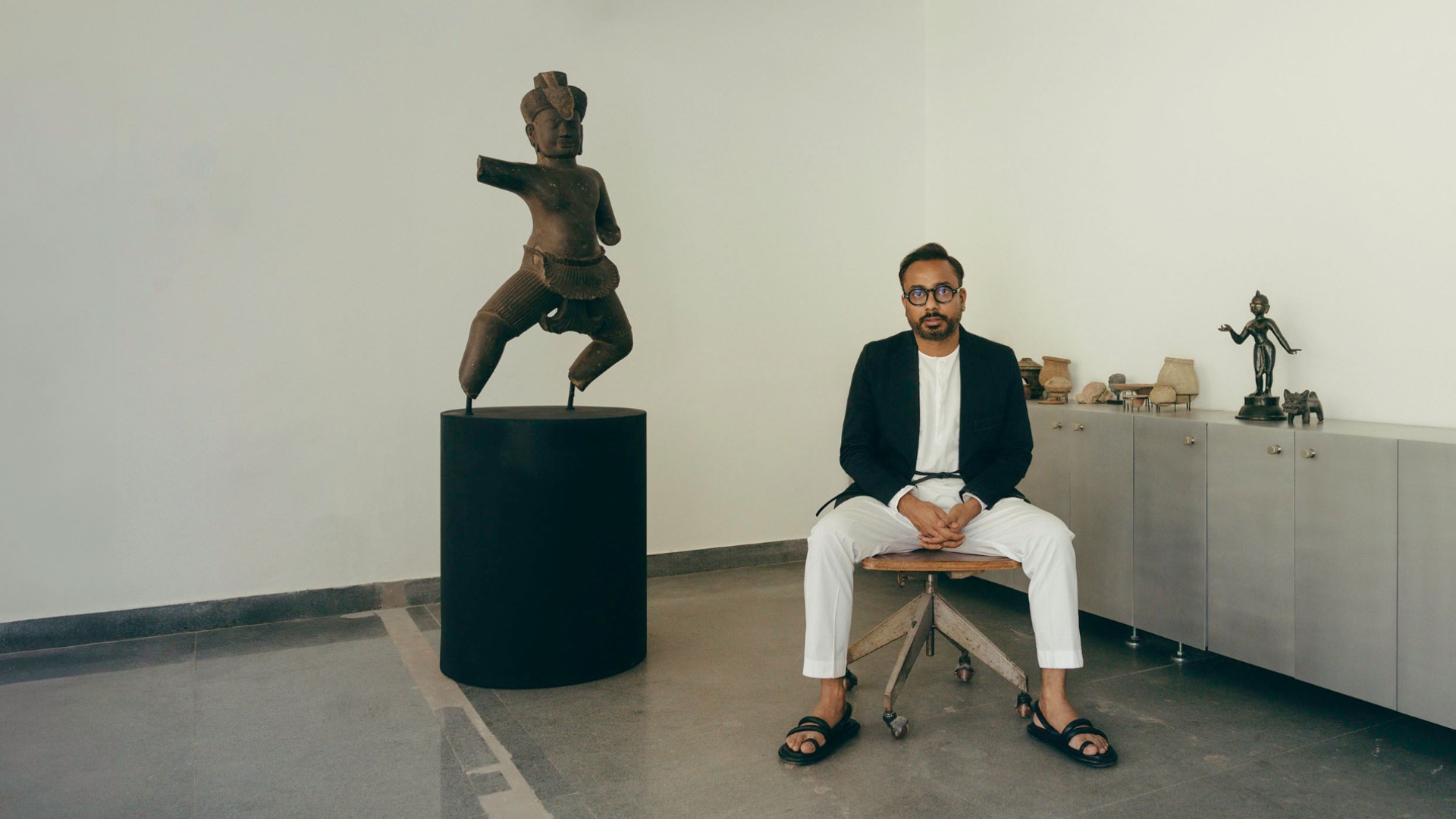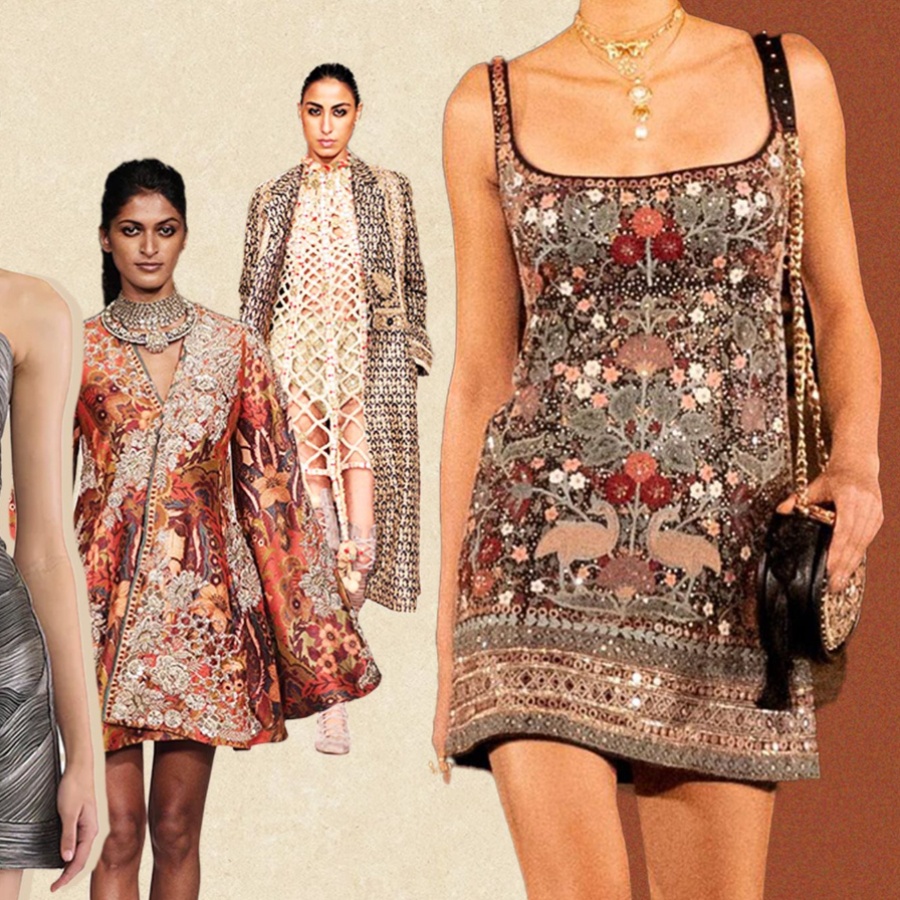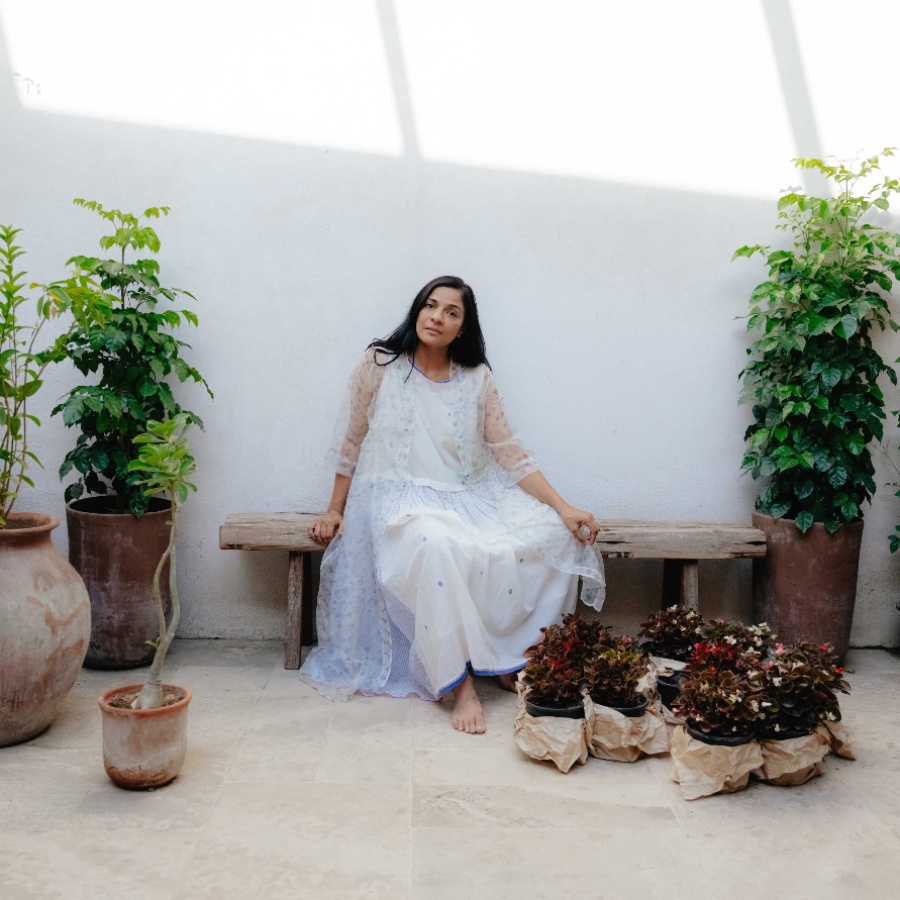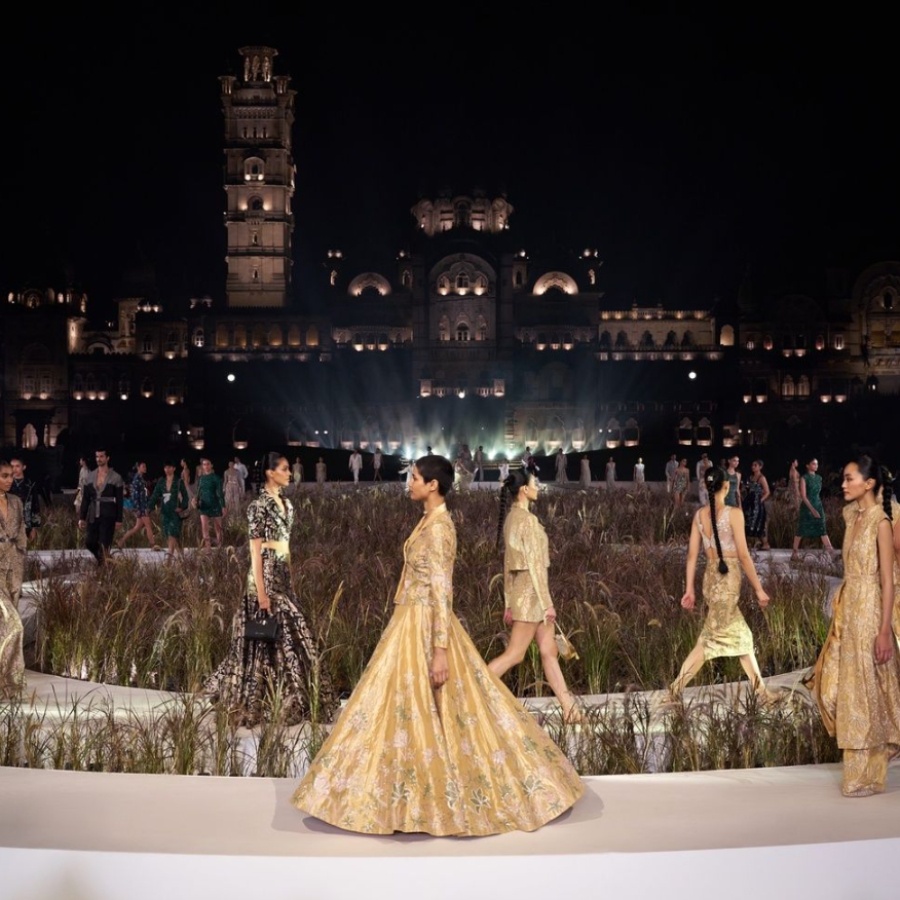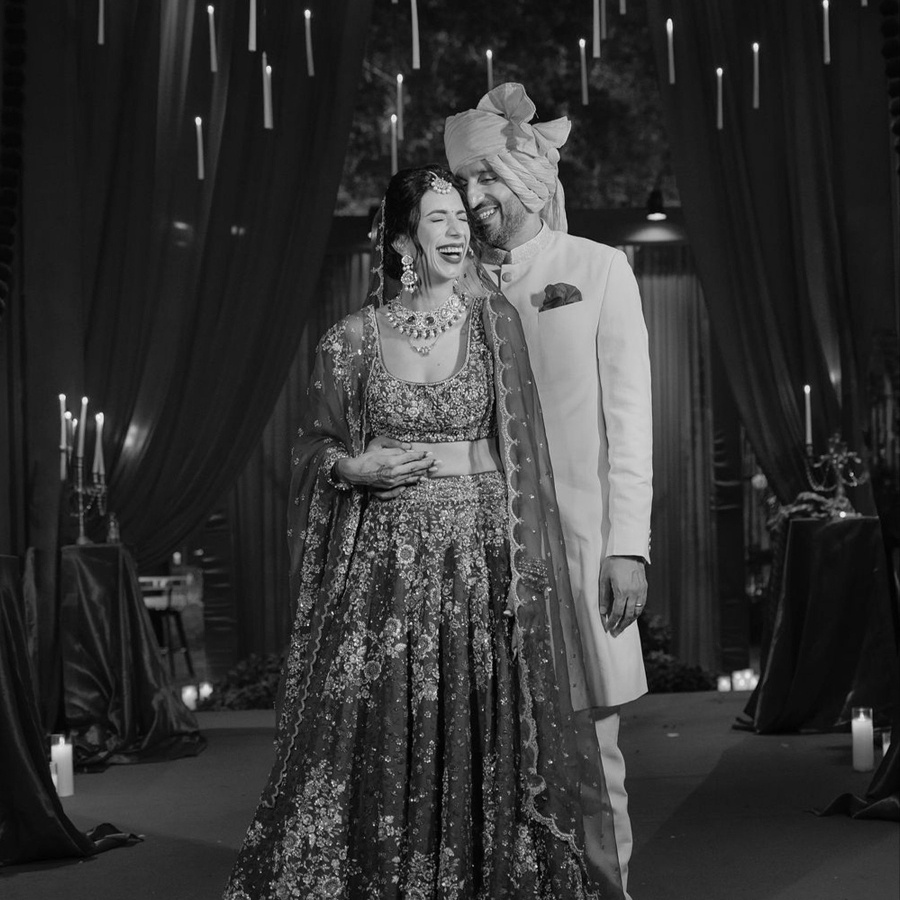Sanjay Garg is uneasy when Raw Mango is categorised as fashion. To him, the brand is about textile, culture, anthropology—about bigger ideas of evolving tastes. It’s been 15 years since he started his investigations with handloom, and Garg, who was once an outsider to the fashion industry, continues to question what defines style, or who decides that one colour is superior to another.
A graduate of the Indian Institute of Crafts and Design in Jaipur and NIFT, Delhi, Garg sold saris at New Delhi’s Dilli Haat and Dastkar until, the story goes, he was noticed by Jaya Jaitly and the pair bonded over the importance of a vision rooted in tradition. Anita Lal, founder of GoodEarth, was the first to stock Raw Mango at her tony lifestyle store where Garg’s vividly coloured handloom weaves quickly, despite his own reservations about the categorisation, catapulted his brand to the frontlines of Indian fashion. “My teacher [at NIFT] once told me that parrot green is a gawaaru [unsophisticated] colour and that somehow stuck. Who gets to declare that a shade of a sweet pink, orange, or lime is a fashion colour or not?” he recalls. And sure enough, when you walk into his whitewashed boutiques, a perverse neon-green, floral-printed kurta with red piping in an unassuming straight cut sits next to the finest brocade that lights up in the dark. “I think that the whole bindaas-ness that this use of colour goes with has come from my roots in Rajasthan. We are unapologetically questioning the [idea of] sophistication,” he says of his joyful moodboard.

These nuances of rural culture—the colours, textures, even sounds and flavours—are close to home for this man from Mubarikpur, a village located just over three hours from Jaipur. But Garg has made them seem exotic and aspirational, plating them elegantly and serving them to high society, which has eaten it off the palm of his hands. Just take a look at Raw Mango’s cult following of tastemakers, often spotted at his invite-only Baithaks and candle-lit dinners in New Delhi, where daal baati churma and ghewar are served in fine brass dinnerware. A master of bringing people together, his eclectic guestlist includes people such as filmmaker Kiran Rao (who stars in Raw Mango’s latest campaign), the cast of the Cannes Grand Prix winner All We Imagine as Light, dancer Aditi Mangaldas, photographer Dayanita Singh, and politician Shashi Tharoor, all patrons whose affection for Garg’s work has fostered these bonds.
Any seasoned entrepreneur will tell you that at its highest level, brand recall value goes beyond the product itself. It lies in the essence or feeling that a brand stands for, the world that is built through imagery and storytelling, through the careful cultivation of those who wear its offerings. Garg understands this. He explains, “It’s important to me to engage with many multidisciplinary fields. We definitely care to know what you sing, how you dance, or how you throw a party. And of course, what you wear to that party. Design is a way of living, that’s how I look at it.”

On a global level, Indian design has become synonymous with ornate occasion wear. And in India, like in any other country, to be successful in the fashion industry is to have celebrities wearing your lehengas, preferably those with more crystals dripping from them than the chandeliers in garish hotel banquet halls. Garg’s school of thought at once rejects that form of glamour, offering an alternative route that spotlights creativity and skilful craft. Take his Children of The Night collection from 2023, in which he surprised his audience by pivoting from saris to a red-carpet-ready collection of high-shine metallic dresses in an innovative new lycra brocade, kurtas made of handwoven brocade in geometric patterns, and kurtas sculpted into shape with iron rings. “I wanted to completely kill the glamour, yet it still had to be kind of cool and young. These are the things that I am thinking of,” says the designer, who inadvertently and even without trying became a red carpet staple.
This contrarian approach may be why Garg’s clothes remain inconspicuous when India is represented on the global stage. He is not one to coax a sari into a gown or embroider a bodice for the sake of a red-carpet moment. “The world wants to look at us in a certain way. They do not think of us as minimalists, or know what Indians would actually like to wear. It’s not that the international media has not taken an interest in us. It’s just that we are still seen in the context of maximalism and big weddings. Because that is the industry that makes the most money.”
Like any creative genius, who has consciously tried to set his own path, Garg often gets impatient. “I have a very short attention span. I get annoyed and I can be very impulsive. I have no control over what I think; I just want to do [something] and that can get me in trouble. There are so many things I want to achieve that won’t let me sleep. I can only do about 20 per cent of what’s on my mind. My hands are still tied with things like budgets and numbers. If I had the right team at the right time, the right international PR and media, then maybe I could. Though I’m not complaining…” he trails off. “But I don’t think we talk enough about design and I’m worrying more and more about it. That's why I don’t know whether I’m part of it all. You know what I’m saying?”
